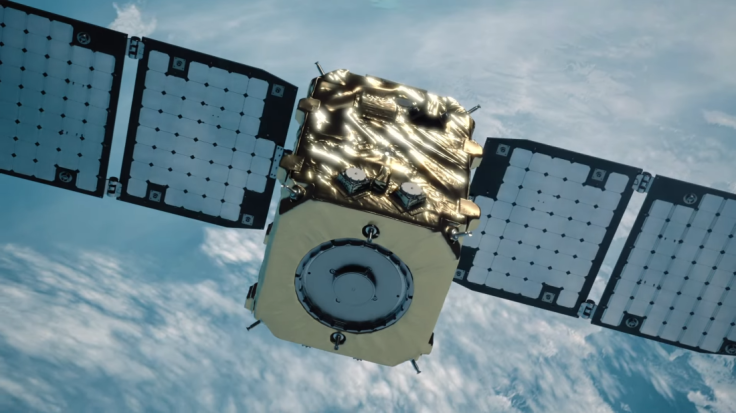We've been sending so much stuff into space, do you ever wonder where they go? Well, a lot of them don't stray very far and remain in Earth's orbit, effectively cluttering up space. There are already clean-up efforts in place to lessen them, and Astrocale's ADRAS-J is making progress.

Active Debris Removal by Astroscale-Japan (ADRAS-J)
Astroscale, a Tokyo-based orbital debris removal company, has successfully approached a second-stage H-2A rocket within a couple hundred kilometers, and is preparing to examine the rocket part by capturing images as it orbits around the debris.
The mentioned space junk was first launched in 2009, which makes it a decade and a half years old. What makes the find impressive is that the rocket's upper stage was not equipped with its own GPS data, meaning that it wasn't that easy to track it.
With limited data from the ground-based operation, Astroscale teams in both Japan and the UK managed to maneuver ADRAS-J successfully, allowing the spacecraft to utilize the Angles-Only Navigation algorithms to process images, as reported by Interesting Engineering.
ADRAS-J Project Manager based in Japan, Eijiro Atarashi said that "Starting Angles Only Navigation is a huge milestone for the ADRAS-J mission, highlighting the expertise and teamwork among Astroscale teams in Japan, the UK, and the US."
He added that the mission brings us one step closer to further advancing their RPO (rendezvous and proximity operations) capabilities and the understanding of space debris. This is important to determine how space debris may affect other spacecraft.
ADRAS-J features a range of onboard rendezvous payload sensors to safely approach targeted space junk, which is essential in gathering navigational data such as distance and altitude. The mission is expected to be completed by May this year.
The success of the mission would further Astroscale's goal to become the first commercial deorbiting service, which would help clean up space debris from Earth's orbit as it is becoming an increasingly important task.
The Problem with Space Debris
Space debris has become a problem for many active spacecraft on several occasions. There were even times when the ISS had to be maneuvered using its thrusters to avoid collisions, which would damage severely damage it.
A lot of the junk hanging around in Earth's orbit since they travel at high speeds, which means the impact can be extremely dangerous. They orbit the Earth at about 25,265 kph, as per Reuters, which is exponentially faster than a bullet.
With more satellites being sent up to space with the increasing need for it, more space debris will accumulate over time. Not only can this risk future space missions, but it can also interfere with ground-based observation operations. In a few decades, it could even make some regions of space unusable.
Space debris varies in size. The US government tracked about 23,000 pieces of debris that are larger than a softball, and about 100 million pieces of junk larger than a centimeter. While small in size, the speed at which it travels can deal devastating damage to satellites.









